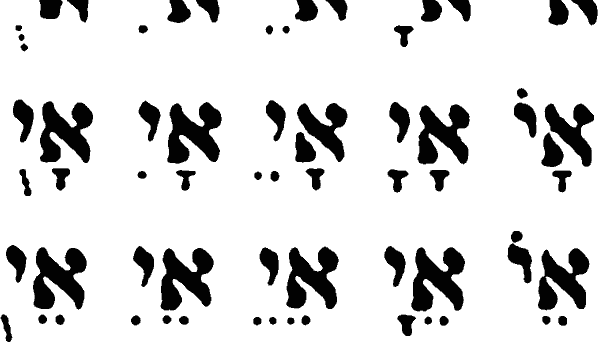

Media Design Research
Piet Zwart Institute
institute for postgraduate studies and research
Willem de Kooning Academy Hogeschool Rotterdam
A b s t r a c t:Executable code existed centuries before the invention of the computer in magic, Kabbalah, musical composition and experimental poetry. These practices are often neglected as a historical pretext of contemporary software culture and electronic arts. Above all, they link computations to a vast speculative imagination that encompasses art, language, technology, philosophy and religion. These speculations in turn inscribe themselves into the technology. Since even the most simple formalism requires symbols with which it can be expressed, and symbols have cultural connotations, any code is loaded with meaning. This booklet writes a small cultural history of imaginative computation, reconstructing both the obsessive persistence and contradictory mutations of the phantasm that symbols turn physical, and words are made flesh.
Media Design Research
Piet Zwart Institute
institute for postgraduate studies and research
Willem de Kooning Academy Hogeschool Rotterdam
http://www.pzwart.wdka.hro.nl
The author wishes to thank Piet Zwart Institute Media Design Research for the fellowship on which this book was written.
Editor: Matthew Fuller, additional corrections: T. Peal
Typeset by Florian Cramer with LaTeX using the amsbook document class and the Bitstream Charter typeface.
Front illustration: Permutation table for the pronounciation of God’s name, from Abraham Abulafia’s Or Ha Seichel (The Light of the Intellect), 13th century
© 2005 Florian Cramer, Piet Zwart Institute
Permission is granted to copy, distribute and/or modify this document under the terms of any of the following licenses:
Your fair use and other rights are not affected by the above.